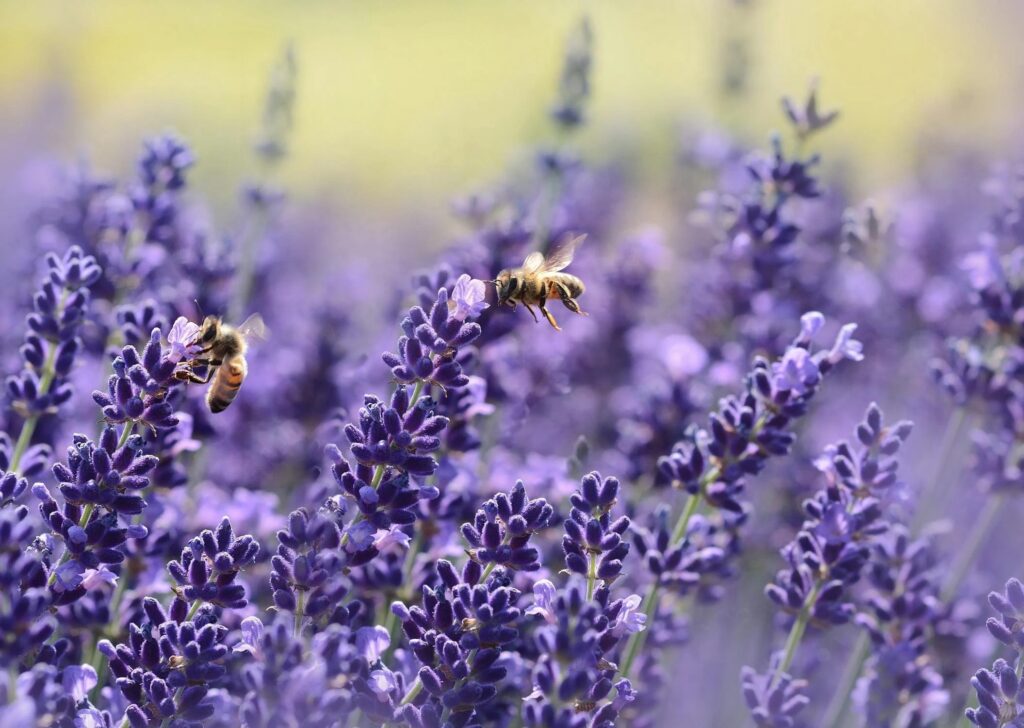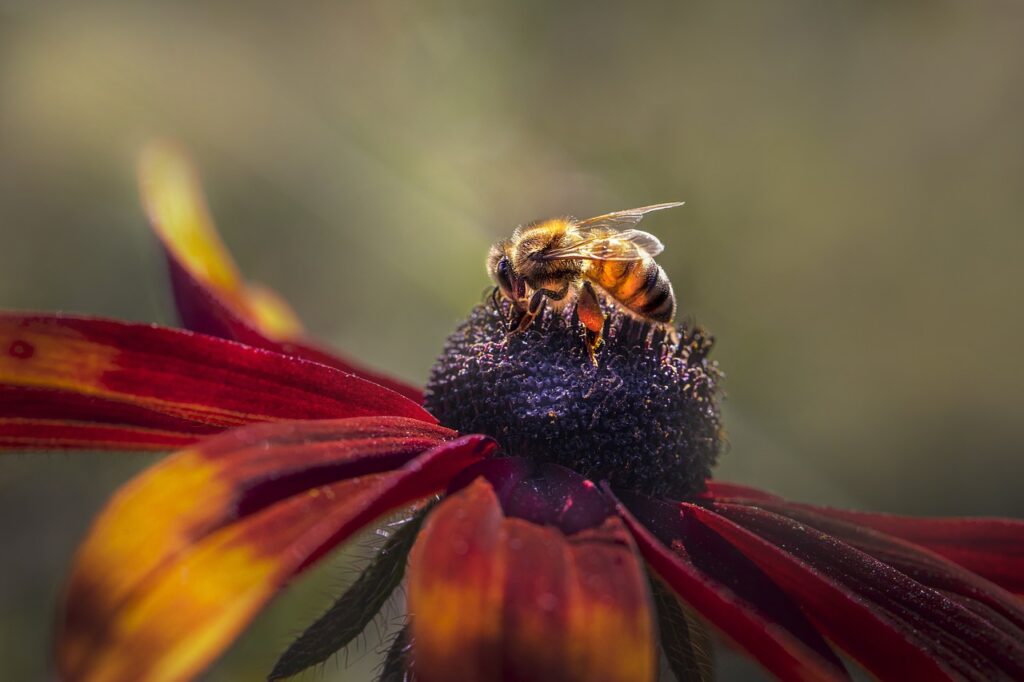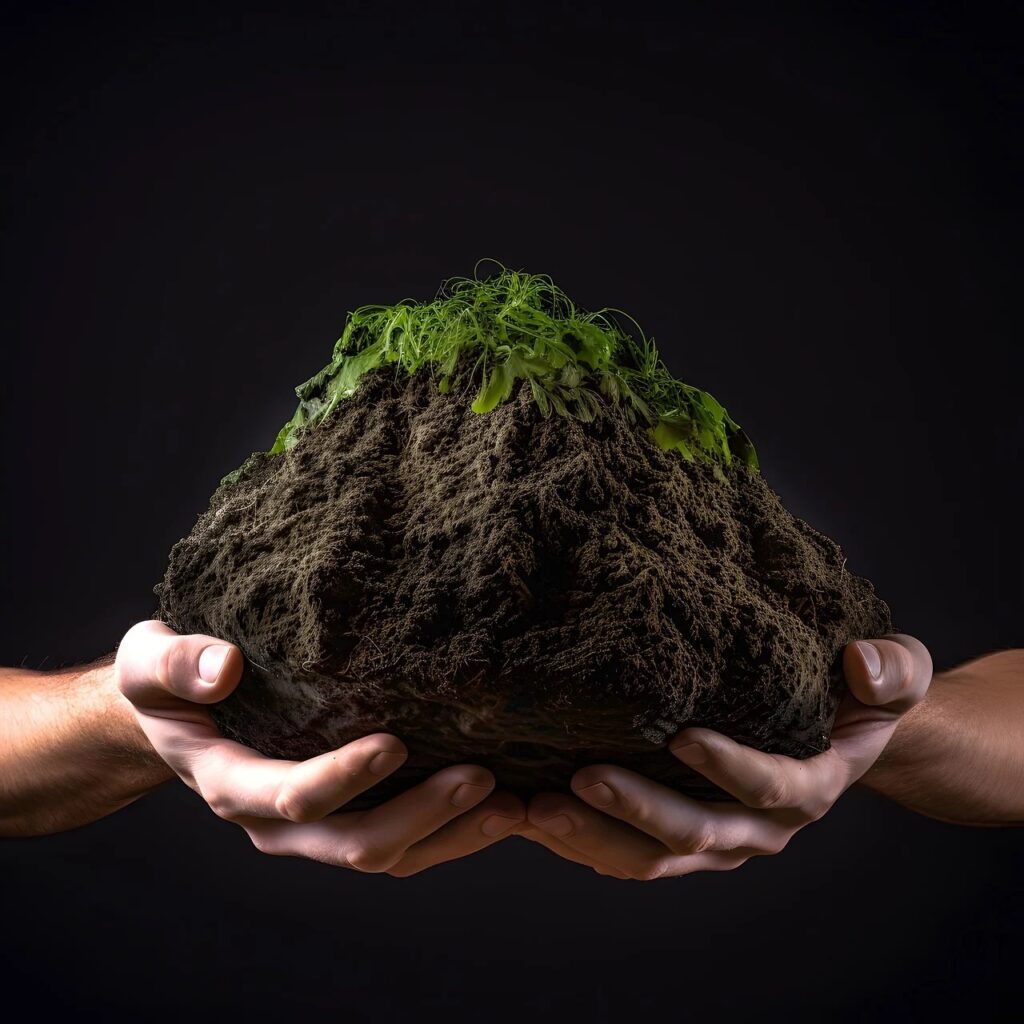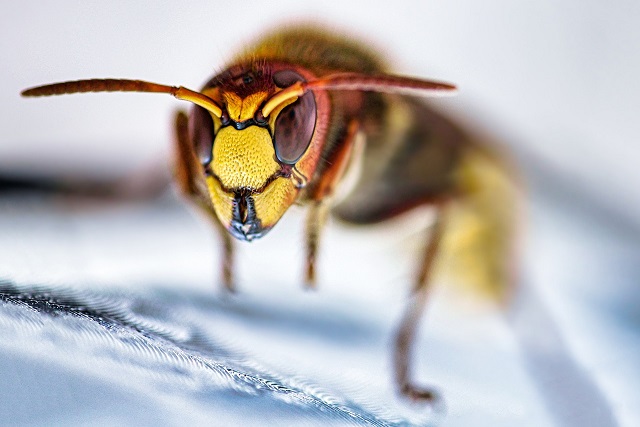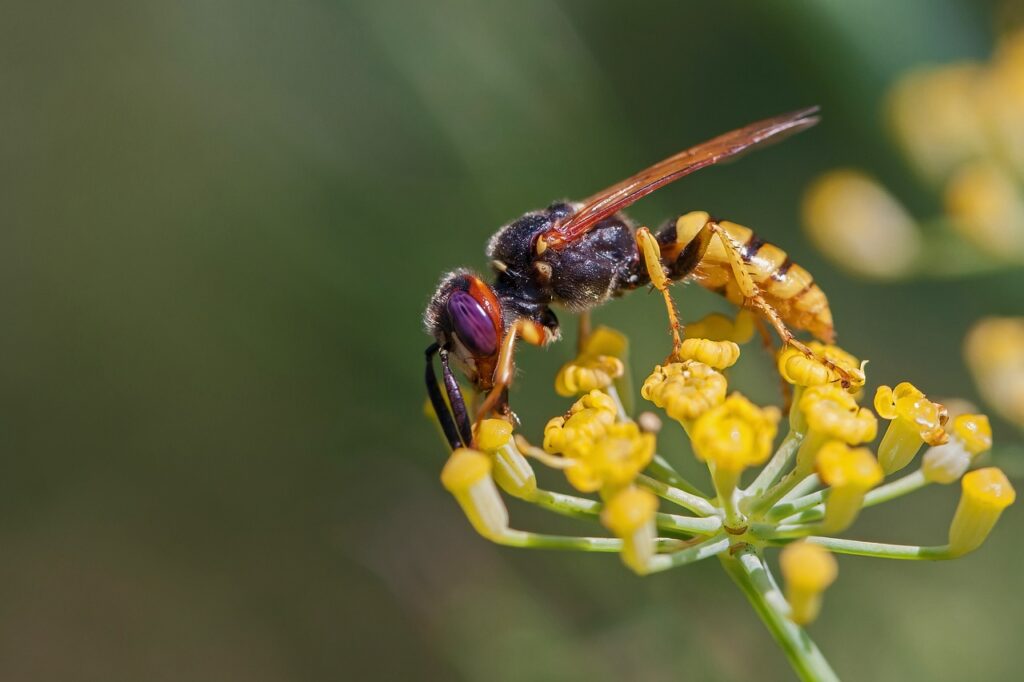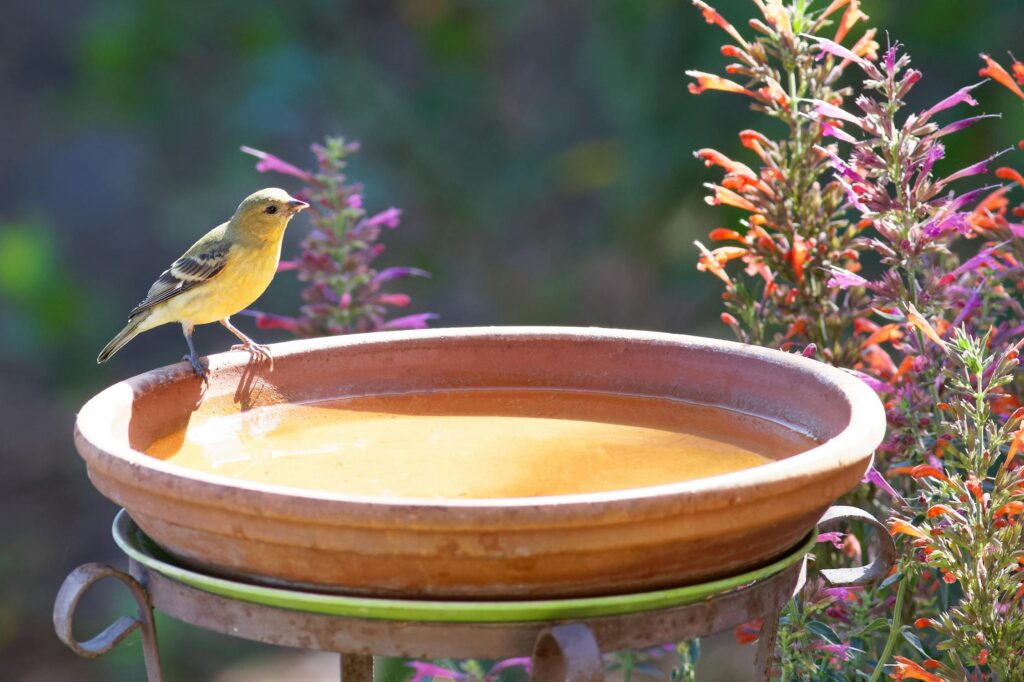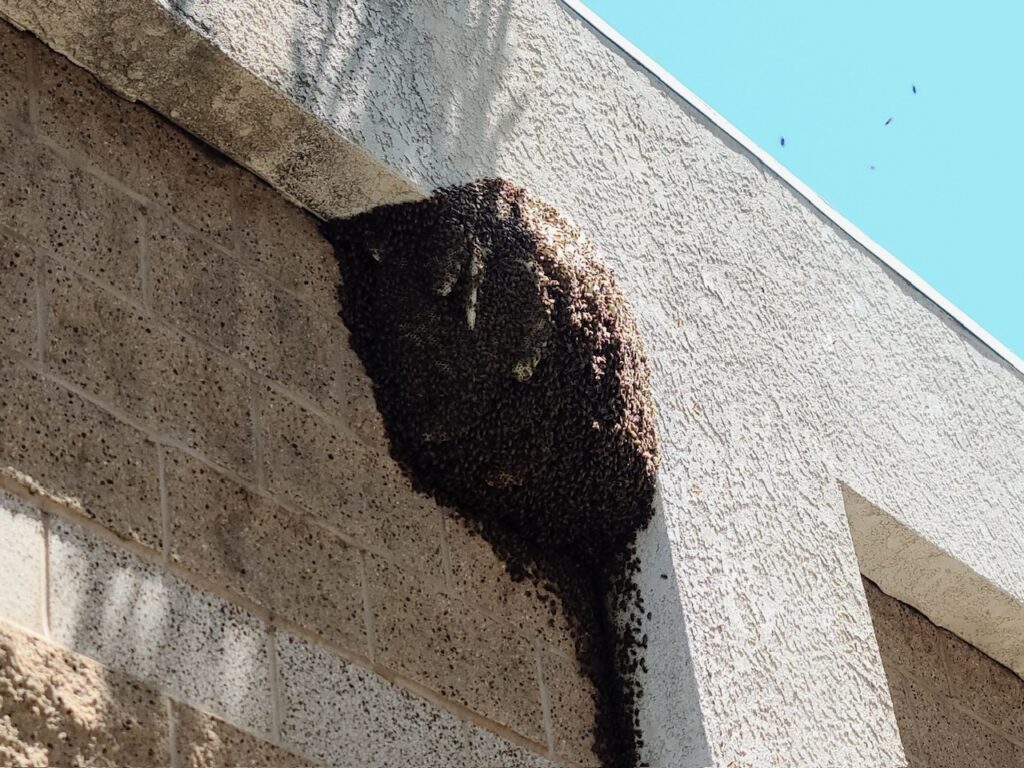Bee News
Why are honey bees black and yellow?



Bees are fascinating creatures, known for their crucial role in pollination and, consequently, in the ecosystem. One of their most recognizable features is their distinctive black and yellow stripes. This color pattern isn’t just for show; these colors play significant roles in their survival.
At first glance, the black and yellow coloration of bees appears striking and beautiful, but it primarily serves a purpose: warning and camouflage. Many insects exhibit similar color patterns, a phenomenon known as aposematism. Aposematic coloration is a way for animals to signal to potential predators that they are toxic, unpalatable, or dangerous. While honeybees and bumblebees do not possess venom as potent as that of wasps or certain other stinging insects, they can still deliver a painful sting. Their vivid coloration alerts potential threats to their ability to defend themselves, contributing to their survival.
The black and yellow stripes can also serve as effective camouflage. In nature, these colors often blend with the flowers bees frequent. For instance, the yellow reflects the light from the sun, while the black absorbs it, helping them maintain an optimal body temperature. This camouflage is particularly beneficial when bees are pollinating flowers, as it can help them avoid detection by predators while they focus on their work.
Furthermore, the patterns of stripes can vary among different bee species, which can assist them in recognition and mating. The specific arrangements of colors can signify species or even indicate the health and vitality of individual bees. Just as we might be drawn to vibrant colors or unique patterns in our daily lives, bees also use visual cues in their interactions within their colonies and habitats.
Another interesting aspect of bees’ coloration is its evolutionary significance. Over millions of years, bees have adapted to their environments. The black and yellow stripes provide a dual benefit of camouflage and warning coloration, promoting survival through natural selection. Bees that exhibited these color patterns were more likely to survive against predators and, consequently, to reproduce and pass on their genes to future generations.
The black and yellow stripes also have social implications. In a busy hive, a bee’s coloration can help other worker bees identify it as a member of their colony. This identification is crucial since bees are social creatures that rely heavily on collaboration and communication to thrive. When a bee returns to the hive, its coloration helps other bees recognize it and allows for a structured social order within the colony.
Black and yellow stripes of bees are not merely aesthetic; they are deeply intertwined with these insects’ survival strategies, social interactions, and evolutionary adaptations. These striking colors reflect the complex interplay of natural selection and the need for self-preservation. So, the next time you see a bee buzzing about, take a moment to appreciate not only its beauty but also the remarkable evolutionary journey that has led to its distinctive appearance. Bees are not just important pollinators; they are incredible survivors, and their black and yellow stripes tell a fascinating story of nature’s ingenuity.








